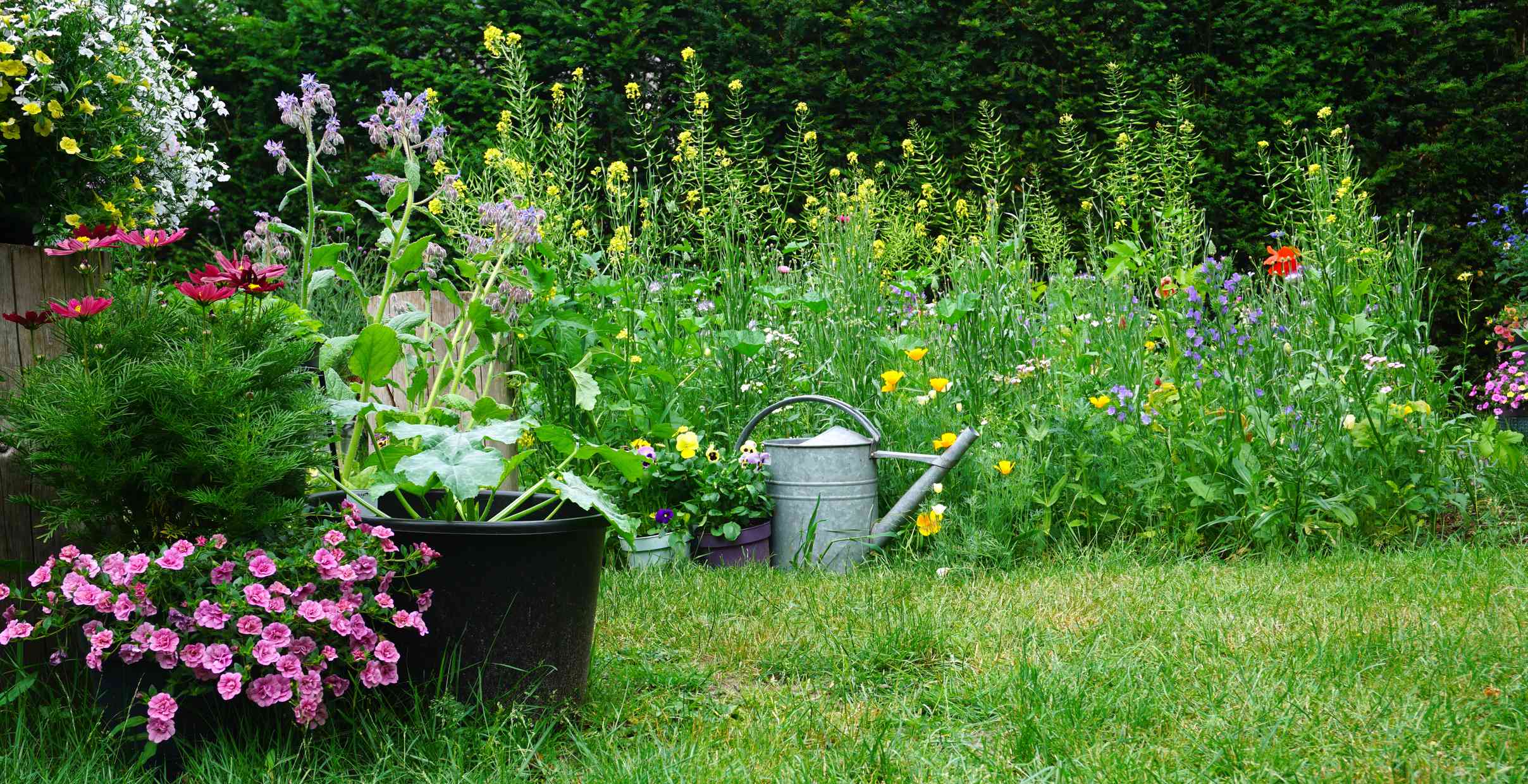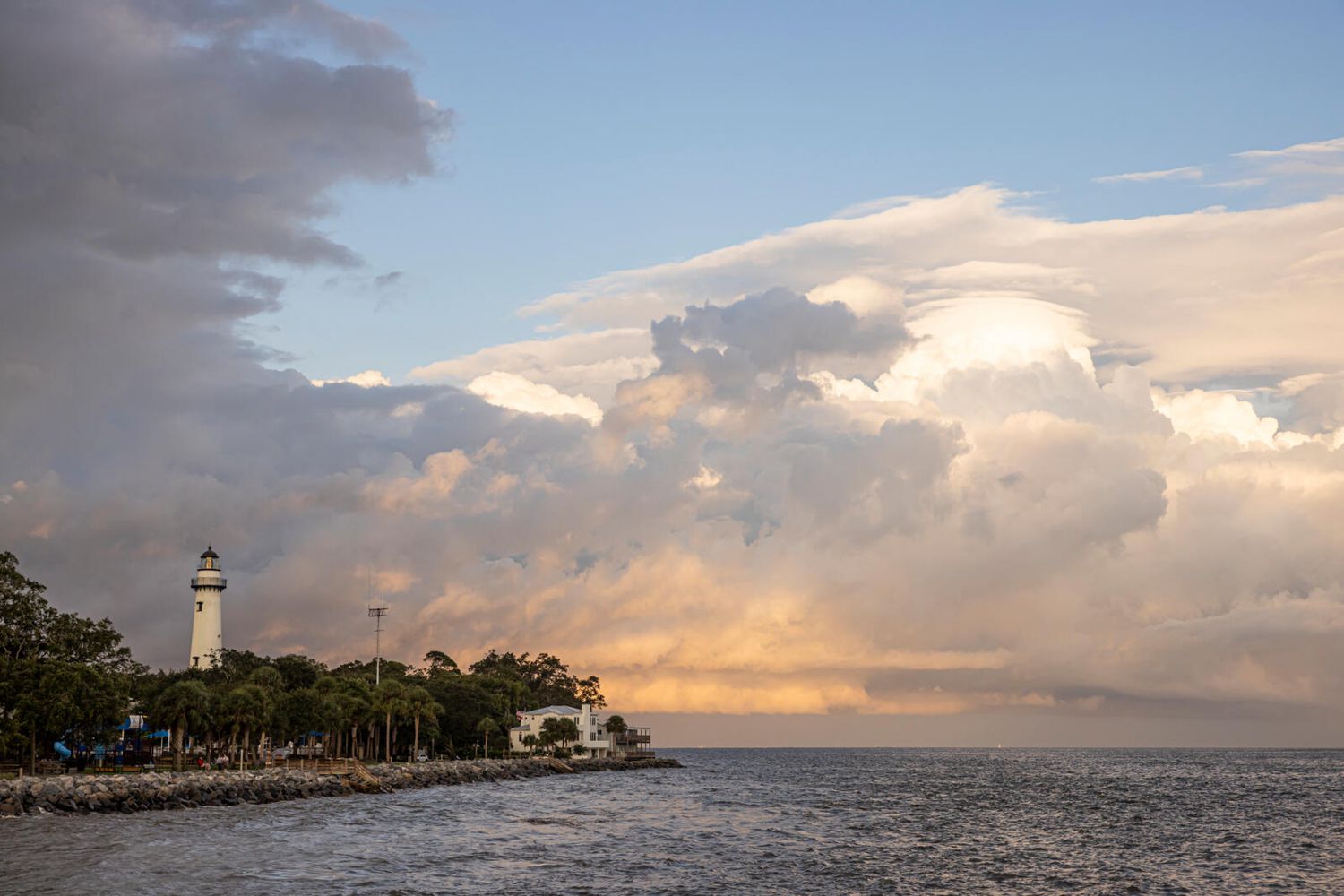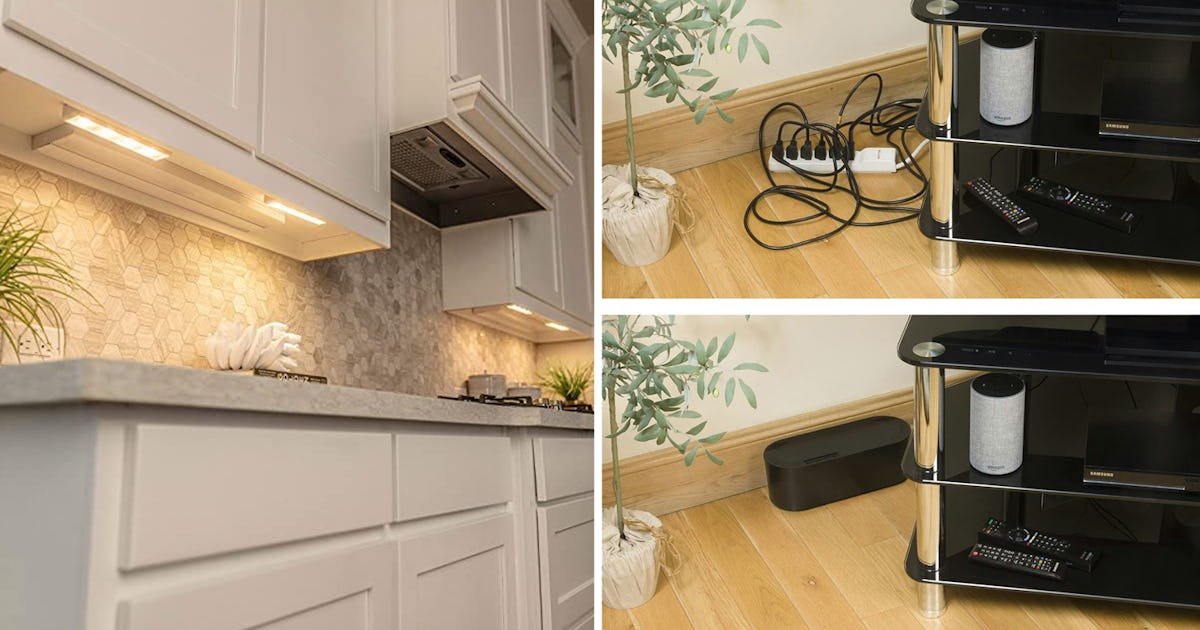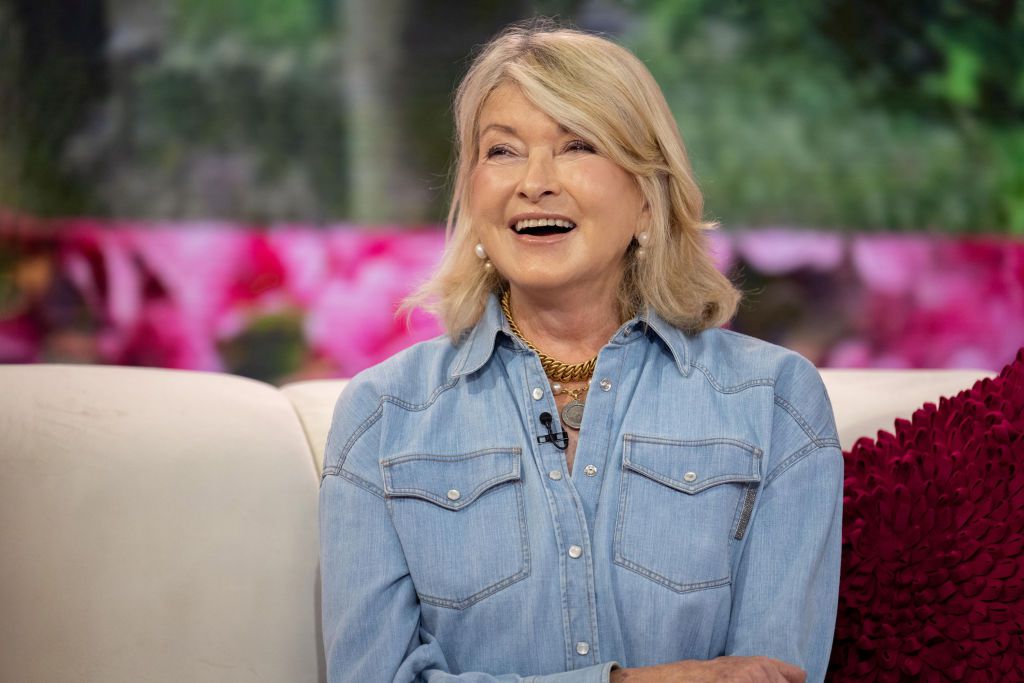
You Should Plant Veggies Soon for Your Best Crop Ever—What Gardeners Want You to Know
- In general, gardeners recommend planting vegetables in early spring to early summer.
- For fall harvests, some vegetables can be planted in late summer.
- You can get a head-start by starting seeds indoors, but starting plants too late will make your yield smaller.
When should you plant vegetables? Overall, the best time to plant vegetables is between April and November. This broad growing season is divided into two seasons—spring and fall—for different crops.
We spoke to three gardening specialists so you can learn when to plant vegetables. These experts will help you understand the difference between spring and fall plantings, as well as planting periods for specific vegetables.
When to Plant Vegetables
The best time to plant vegetables for a bountiful crop in most locations is from early spring to early summer, according to Paul Dysinger of Seedtime. The other best time for planting vegetables is fall.
Want more gardening tips? Sign up for our free gardening newsletter for our best growing tips, troubleshooting hacks, and more!
Spring
Though spring is the best time to plant, each crop is different, Dysinger says.
“Each location has different suggested times for that location based on average frost dates or climate, including if the crop is a warm weather or cool weather crop.”
The best time to plant vegetables is spring, agrees Chrissie Handley of Online Turf. This gives the vegetables enough time to germinate in the soil before the growing season begins.
Within spring, the ideal time to plant a crop is early enough for it not to be killed or negatively impacted by a frost, leaving as much growing time as possible in the season, Dysinger says.
Planting in early spring “means you’ll have earlier yield and stronger and tastier vegetables because of it,” adds Handley.
Fall
For a fall harvest, cool-season vegetables can be planted in early spring (March to April) and again in late summer (August to September), says Chris Ramos, a gardening specialist with Blain’s Farm & Fleet.
The ideal time is early enough in the summer or fall for the crop to reach maturity by the time day length shortens and temperatures drop, Dysinger says.
“At that time, the plant’s growth slows down, and crops will no longer grow very quickly, if at all.”
“Warm-season crops like tomatoes and cucumbers should be planted after the last frost in mid-May,” Ramos says. The crops can continue producing until the first frost in October or November.
When to Plant Specific Vegetables
Specific vegetables will have differing seasonal requirements to grow to their full bounty.
Carrots
As a cool season crop, carrot seeds should be planted in either of two periods: spring or mid-summer.
For spring plantings in most locations in the U.S., Dysinger says, carrots should be planted from February to May. If you’re in southern Florida, California, or Texas, it’s different, and he suggests planting anywhere from September to March.
For fall plantings in most locations in the U.S., carrots can be planted from July to September.
“For a fall crop, carrots can stay in the ground until it freezes,” Ramos says.
Corn
Spring corn can be planted from March to June, according Dysinger. However, in southern U.S. states without risk of frost, corn can be planted from October to March.
For late corn harvests, corn can be planted from June to August, says Dysinger.
Cucumbers
Because cucumbers are sensitive, they are best planted in late spring to early summer, Handley says.
“Cucumbers should be planted in late May to early June and harvested throughout summer,” Ramos says.
Kale
Plant kale, from January to April for transplants and from February to May for direct seeding, according Dysinger. If you’re located in southern Florida, California, or Texas, you can plant kale from September to March.
Kale can be planted from July to September for fall plantings in most locations in the U.S., Dysinger says.
Lettuce
Lettuce should be planted from March to May for a strong yield, according to Handley.
Peas
Being a hardy vegetable, peas can be planted outdoors from March to April. If you like, you can start peas in a container to get a head start on growing.
Potatoes
Plant potatoes from late February to April. However, if you are located in a warm area, plant potatoes in late summer or early winter. That way, the potatoes won’t be fighting the hottest time of the year—mid-summer.
Radishes
“Since they’re fast growers, radishes are best planted during the high temperatures of summer, or from June to August, to help get continuous yield,” Handley says.
Tomatoes
Tomatoes should be started indoors in late March or early April, according to Ramos.
“Transplant the tomatoes outdoors in mid-May, and harvest them from mid-summer, or July, through early fall, or around September to October.”
Ramos adds that this late harvest—October—depends on your local frost conditions.
Planting Before the Best Time
Can you plant vegetables before their opportune planting time?
You can always start your vegetables indoors where you can control the temperature and growing conditions to make sure the seeds get off to a good start, Handley says. Once you can see them sprouting, you can then move them outside.
“This method is great for sensitive vegetables like tomatoes or peppers,” Handley says. “But for hardier vegetables like potatoes—which infamously grow in any soil condition—carrots, or peas, you can plant them outdoors in slightly colder conditions.”
In later spring to early summer, Handley suggests moving your more sensitive vegetables outdoors when temperatures consistently reach above 50°F.
Planting After the Best Time
Is it too late to start a garden? You can often still plant vegetables after the ideal time has passed. The vegetable harvest may not be as bountiful, though.
Even though spring is generally the time to plant vegetables, remember that fall is a second growing season. Vegetables planted in spring are harvested in summer, while fall vegetables are harvested from October to December.
So, even if you miss spring plantings, you only have two or three months to wait until fall vegetables roll around in midsummer.










